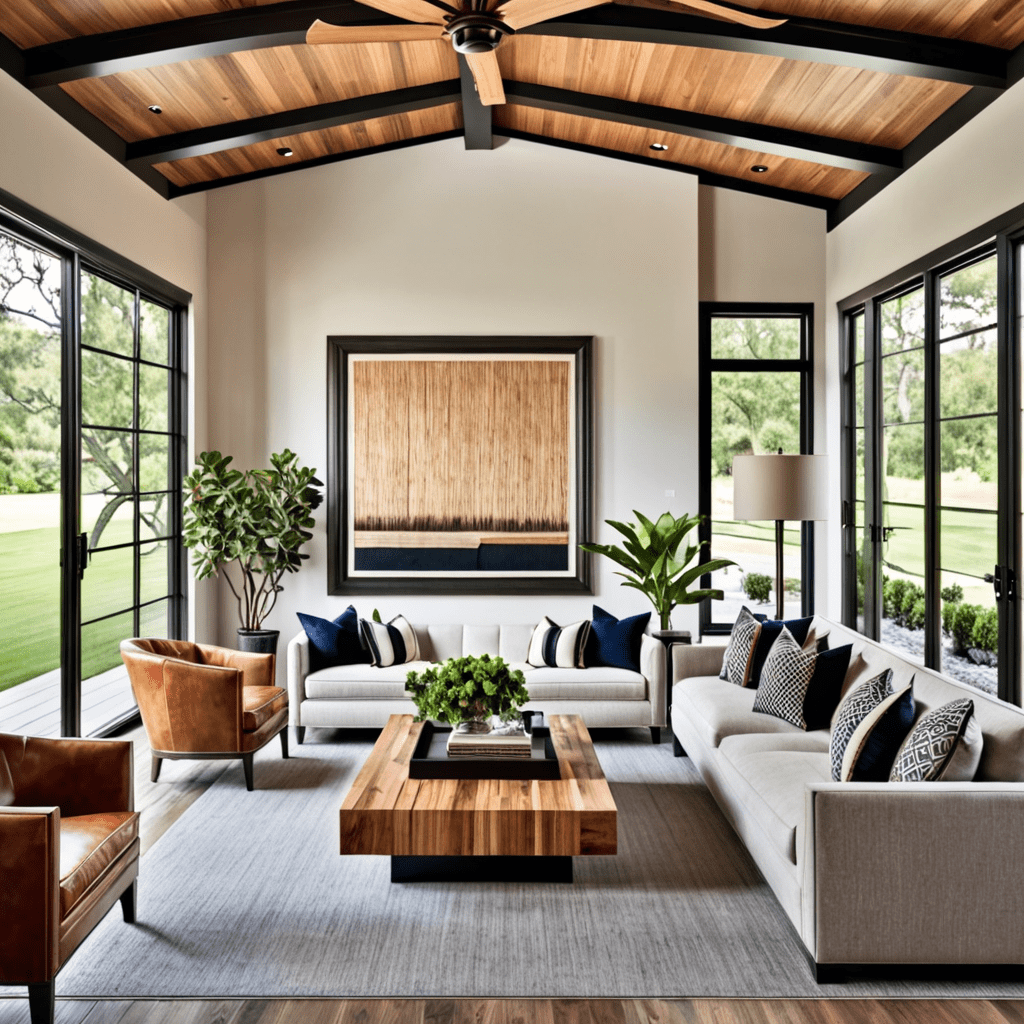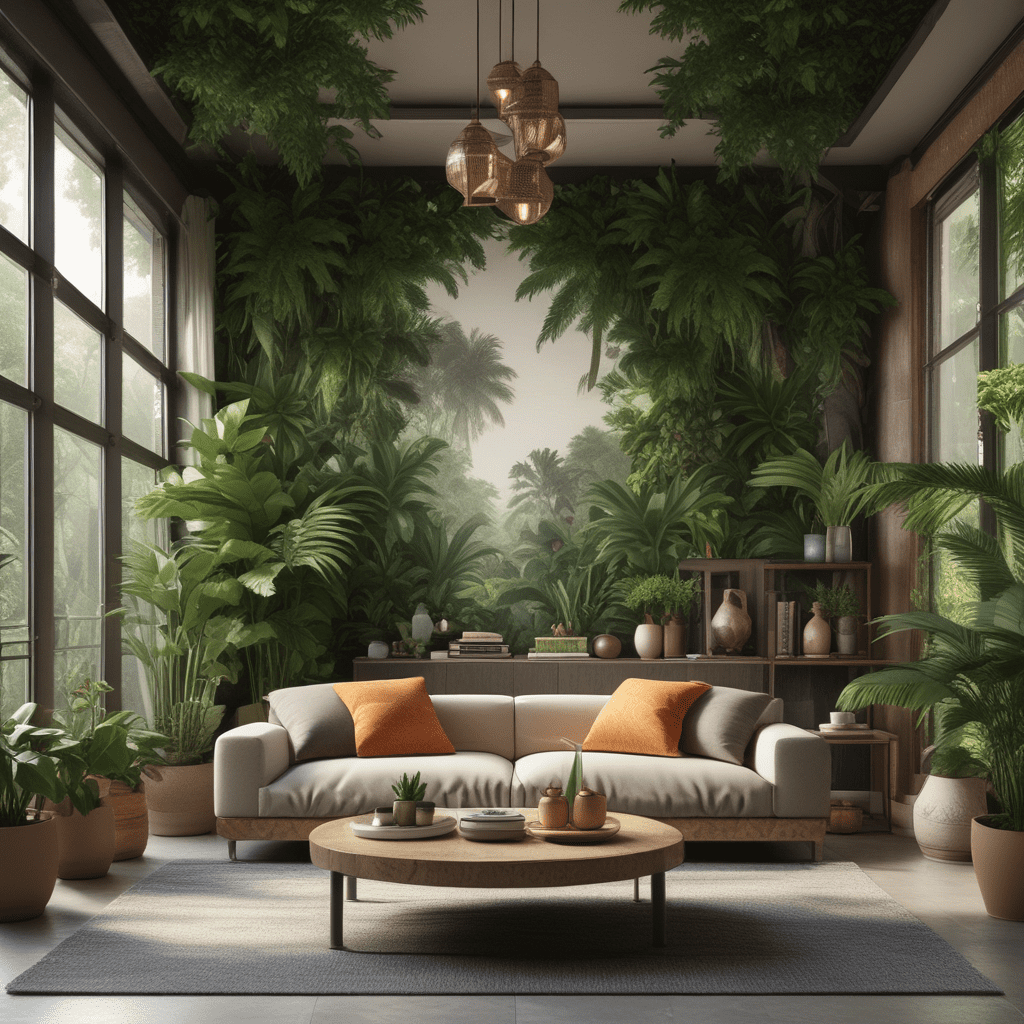How to Create a Minimalist Landscape Design
How to Create a Minimalist Landscape Design
Introduction to Minimalist Landscape Design
Creating a comfortable and aesthetically pleasing living space is essential for enhancing our overall well-being. One design style that has gained popularity in recent years is Minimalist Landscape Design. This approach embraces simplicity, clean lines, and a focus on essential elements, resulting in a serene and uncluttered outdoor environment. In this article, we will explore the key elements of Minimalist Landscape Design and provide practical tips for incorporating this style into your outdoor space.
Key Elements of Minimalist Landscape Design
When it comes to Minimalist Landscape Design, there are several key elements that define this style. By understanding and implementing these elements, you can achieve a harmonious and balanced outdoor space.
Element 1: Simplicity
Simplicity lies at the core of Minimalist Landscape Design. It involves stripping away unnecessary clutter and opting for clean and unadorned features. Minimalist landscapes often focus on a limited color palette, using predominantly neutral tones such as whites, grays, and earthy hues. By adopting a minimalist approach, you create a sense of calm and relaxation in your outdoor space.
Element 2: Clean Lines
Clean lines are a fundamental aspect of Minimalist Landscape Design. Straight edges and well-defined shapes help create a sense of order and structure within the landscape. Consider incorporating geometric forms in your hardscape elements such as pathways, decks, and fences. This design feature adds a visually pleasing aesthetic to your outdoor space.
Element 3: Functionality and Practicality
In Minimalist Landscape Design, every element serves a purpose. Functionality and practicality are essential considerations when selecting furniture, accessories, and plantings. Opt for pieces that are not only visually appealing but also serve a practical function. For example, choose outdoor seating with built-in storage compartments or select plants that require minimal maintenance. This approach ensures that your outdoor space remains uncluttered and easy to maintain.
Element 4: Natural Materials
Minimalist Landscape Design often incorporates natural materials such as wood, stone, and concrete. These materials add warmth and texture to the space while maintaining a sense of simplicity. Use wood for decking or fencing, incorporate stone pavers for pathways, and utilize concrete for seating areas or planters. By incorporating natural materials, you bring a sense of harmony and connection to the surrounding environment.
Tips for Minimalist Landscape Design
Now that we have explored the key elements of Minimalist Landscape Design, let’s delve into some practical tips for incorporating this style into your outdoor space.
Tip 1: Declutter and Simplify
The first step in achieving a minimalist landscape is to declutter and simplify your outdoor space. Remove any unnecessary items, such as old furniture or excessive decorations. Keep only the essential elements that contribute to the overall design aesthetic.
Tip 2: Focus on Quality Over Quantity
When selecting furniture and accessories, prioritize quality over quantity. Invest in well-made, durable pieces that will withstand the test of time. This not only ensures longevity but also adds a sense of sophistication to your outdoor space.
Tip 3: Embrace Negative Space
Negative space, also known as empty space, is a crucial element in Minimalist Landscape Design. Allow areas of your outdoor space to remain open and uncluttered. This creates a sense of balance and allows the eye to rest, enhancing the overall tranquility of the space.
Tip 4: Choose Low-Maintenance Plants
Opt for low-maintenance plants that require minimal care and upkeep. This not only simplifies your gardening routine but also contributes to the minimalist aesthetic. Consider incorporating native plants that are well-suited to your climate and require less water and maintenance.
Tip 5: Incorporate Lighting Thoughtfully
Lighting plays a vital role in Minimalist Landscape Design, providing both functionality and ambiance. Opt for fixtures with clean lines and understated designs. Use lighting strategically to highlight focal points in your outdoor space, such as architectural features or plants.
FAQ about Minimalist Landscape Design
Question 1: How can I add color to a minimalist landscape?
– Answer: While Minimalist Landscape Design often embraces a limited color palette, adding subtle pops of color can enhance the overall aesthetic. Consider incorporating vibrant blooms in your plantings or introducing colorful accessories strategically.
Question 2: Can I incorporate water features in a minimalist landscape?
– Answer: Yes, you can incorporate water features in a minimalist landscape. However, keep it simple and understated. Opt for clean lines and minimalistic designs, such as a small reflecting pool or a sleek fountain.
Question 3: Can I have a minimalist landscape with a small outdoor space?
– Answer: Absolutely! Minimalist Landscape Design can be adapted to any size outdoor space. In fact, having a small area can work in your favor, as it naturally limits the number of elements you can include, resulting in a simpler and more cohesive design.
Question 4: How do I maintain the minimalist aesthetic over time?
– Answer: Regular maintenance is key to preserving the minimalist aesthetic. Stay vigilant about decluttering and remove any items that do not contribute to the overall design. Regularly clean and prune your plantings to keep them looking neat and well-maintained.
Question 5: Can I incorporate different styles within a minimalist landscape?
– Answer: While Minimalist Landscape Design typically focuses on simplicity and clean lines, it is possible to incorporate elements from other styles. However, exercise caution and ensure that the different styles complement each other harmoniously to maintain the overall minimalist aesthetic.
In conclusion, Minimalist Landscape Design offers a refreshing and serene approach to outdoor spaces. By embracing simplicity, clean lines, and functionality, you can create a harmonious and aesthetically pleasing landscape. Implement the tips provided in this article, and before you know it, you’ll have a minimalist oasis that enhances your overall well-being.



